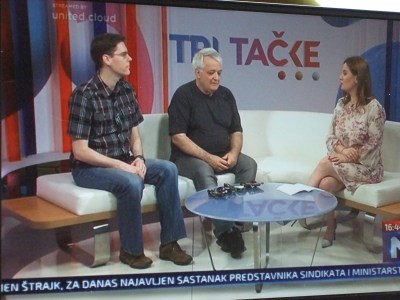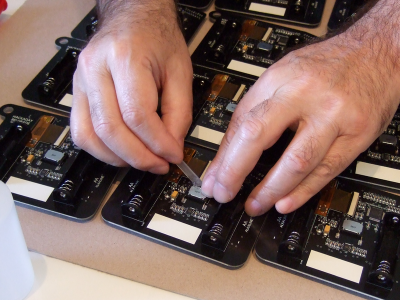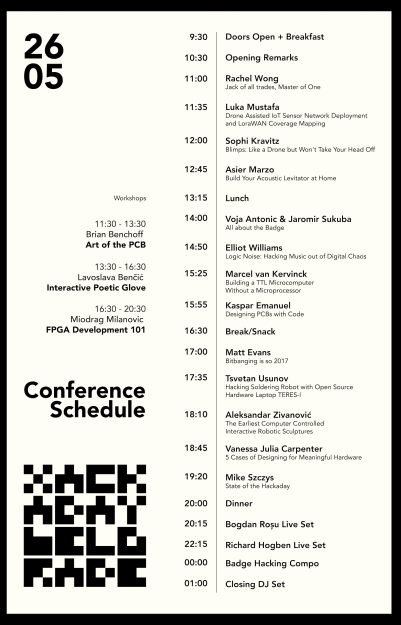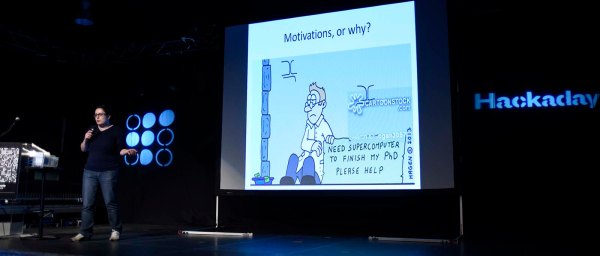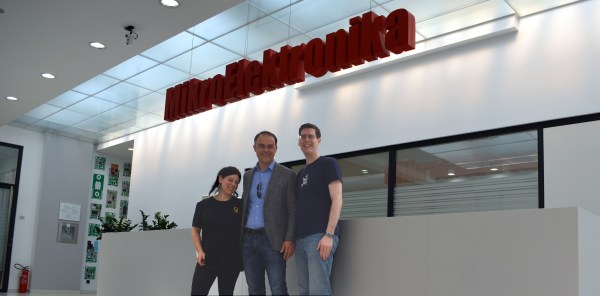Greetings from beautiful Belgrade! With the Hackaday crew arriving over the last couple of days, preparations are in full swing, and the excitement is building for Hackaday Belgrade 2018 on Saturday. Here’s all the news you need to know.
If you haven’t gotten tickets yet, you can’t say we didn’t warn you! We’ve sold out. But don’t despair: there’s a waitlist, so get your name in now if you still want to get in.
- The final conference schedule has just been released and it’s super.
- We’re having a meetup Friday night at 20:00 at the Bajloni Bar and Beyond, join us!
- Folks are already meeting up using the conference’s chat. Hang out there even if you’re not in town.
- Subscribe to Hackaday’s YouTube channel so that you don’t miss out when we start the live stream
If you’re looking for something to do in town this weekend, don’t miss [Brian Benchoff]’s Ode to Belgrade and especially some great local info in the comments. From which taxis to take, to finding a hardware store, to touring monuments of brutalist architecture, this post has it all.
And last but not least, the badges are in the final stages of production. [Voja] and [Mike] are temporarily distracted by watching themselves on N1, the Serbian CNN affiliate, for which they were interviewed this morning about hacker culture, and about building badge hardware and writing the firmware for it. They’ll get back to epoxying speakers and writing code any time now.
In short, Hackaday Belgrade is a sold-out, unstoppable force of nature. We’re so excited to be here and can’t wait to see you all on Saturday!


